Mayans were the talk of the town in 2012 when they predicted unimaginable events will occur around 21st December 2012. (I even wrote a farewell letter to the world, which I’m still keeping)
Mayans were mysterious people who ruled parts of Central America between 2600 BC and 1500 AD. They were residing in Mexico, Belize Honduras and Guatemala. These people were deeply connected with serpents or snakes.
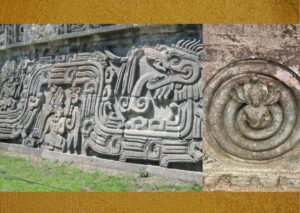
Throughout the Hindu civilisation, there were times where serpents have played an important role in the religion. Naga, in Hinduism, Buddhism, and Jainism, is a member of a class of mythical semidivine beings, half-human and half cobra.
Indirectly Hindu Nagas and Mayans are connected. How fascinating to know that different civilisations are all somehow inter-connected to each other. We’re all truly a big world family, when you think about it.
Now let’s dig deeper into some of the similarities between Hindu Nagas and Mayans.
1. Aztecs and Incas arose after the Mayans. Olemec was the name of another culture. All of them are interconnected. Two serpents are shown on the iconic 13-foot-diameter Aztec stone calendar in Mexico City. Kala Sarpa is the Hindu term to it. Kali is the name of the spherical temple in Cali xtlahuaca. Teocalli is a pyramid that represents the goddess Deva Kali.
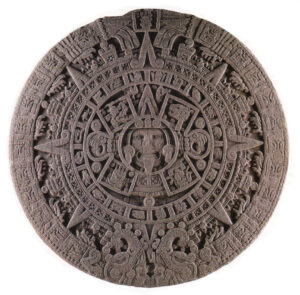
2. Mayas, like Indians, encountered a hare in the moon. They had their own Rahu and Ketu devouring moon (eclipse).
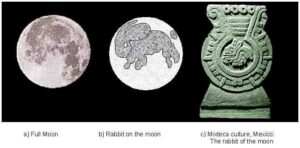
3. They employed regnal years in their inscriptions, just like Indian rulers. This is akin to the Cholas and Pandyas.
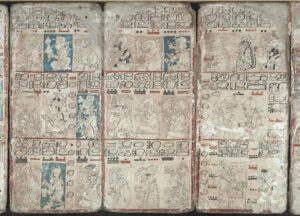
4. Bikshu Chamanlal published a book titled “Hindu America” 75 years ago that garnered a lot of attention to the subject. Later, he wrote “INDIA-MOTHER OF US ALL,” a book in which he summarised Hindu America. However, when new findings were made, different interpretations emerged. According to him, Inca Ayers and Mayas practised the Ramayana, Mahabharata, Vedic hymns, sacred thread ceremony, and many other ceremonies.
5. Nagas are an ancient race as they were mentioned in the Vedas scriptures (Pancavimsa Brahmana–iv. 9,4)
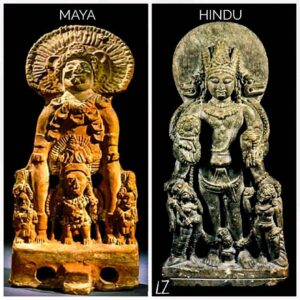
Amazed? Stay tuned for Part 2 as we delve further into the rich history of the Mayans and Nagas.
Follow us on Instagram, Facebook or Telegram for more updates and breaking news.


